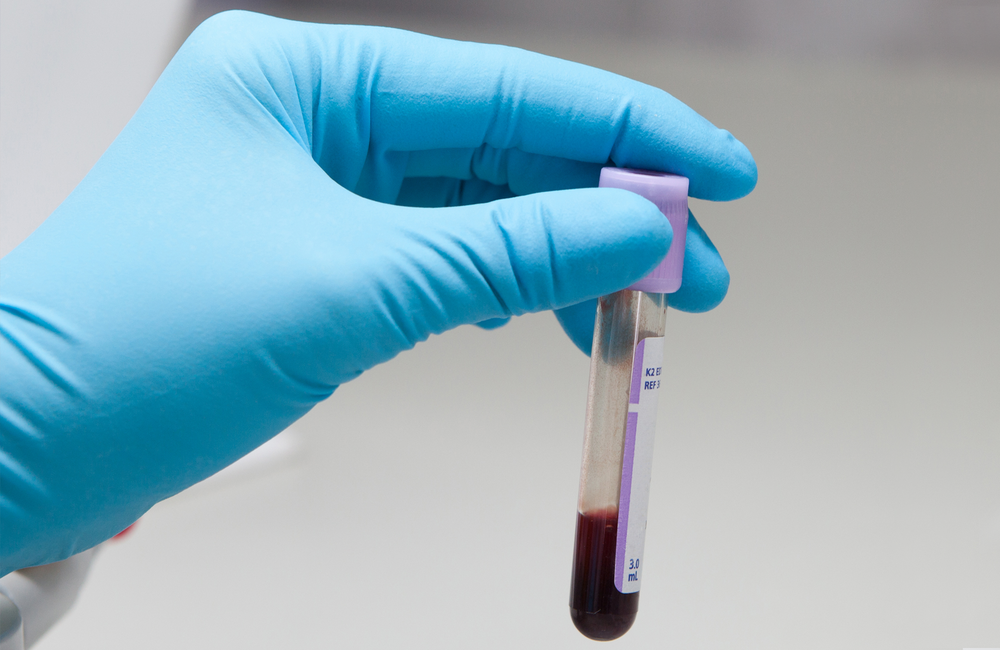
Dolutegravir-based antiretroviral therapy (ART) in combination with an NRTI backbone will not be effective in Togo, due to high levels of resistance to the NRTI class of drugs, according to a study presented by Professor Mounerou Salou of the Laboratoire Biolim in Togo at the recent 20th International Conference on AIDS and STIs in Africa (ICASA) in Kigali, Rwanda.
Since July 2019, the World Health Organization (WHO) has recommended dolutegravir-based regimens as the preferred first-line and second-line treatment for all people living with HIV, including pregnant women and those of childbearing potential. The study examined what potential resistance patterns could exist if all people living with HIV were switched to dolutegravir, as per the WHO recommendations.
As genotypic drug resistance testing is not available in Togo, the study assessed whether a switch to dolutegravir-based treatment in combination with an NRTI backbone of zidovudine (AZT) and lamivudine, or abacavir and lamivudine, would be effective for individuals with virological failure on their current regimen. At present, the standard regimen in Togo is tenofovir disoproxil fumarate (TDF), lamivudine and efavirenz.
Between January and September 2018, 1708 people living with HIV on ART received viral load testing, of whom 19% (n = 324) had virological failure with viral load of more than 1000 copies/ml. Two-hundred of those with virological failure had their plasma samples sequenced to analyse drug resistance mutations.
By drug class, 77% of people were resistant to both NRTIs and NNRTIs, 2% to NRTIs only, 10% to NNRTIs only and 13% to protease inhibitors. Regarding integrase inhibitors, 12% had minor mutations not inducing resistance to dolutegravir.
These results have implications for potential resistance to NRTIs in the dolutegravir-based regimen. Genotyping results showed 76% (n = 137) of participants had strains with high (n = 130) or intermediate (n = 7) resistance to lamivudine. Although patients had not received zidovudine or abacavir during their first-line treatment, 32% (n = 58) people accumulated NRTI mutations that predicted high (n = 33) or intermediate (n = 25) resistance to zidovudine, 55% (n = 99) and 23% (n = 41) had high and intermediate resistance to abacavir.
If all patients were switched to a dolutegravir-based ART such as TDF and lamivudine and dolutegravir, 51% would be on dolutegravir monotherapy because of drug resistance to lamivudine and TDF.
As genotypic drug resistance testing is not available in Togo, viral load testing is critical to monitor if there is any indication of virological failure due to drug resistance, before switching to a dolutegravir-based regimen which requires these NRTIs.
“Our data highlight the importance of viral load testing before switch to dolutegravir and for monitoring of patients on suboptimal dolutegravir based regimens, otherwise large-scale switch to dolutegravir could prevent the achievement of the third 90 of UNAIDS objectives and lead to emergence of resistance to integrase inhibitors in Togo,” said Salou.
Salou M et al. Dolutegravir Based Regimen in Second Line Treatment in Togo without Resistance Genotyping Tests, Is this Promising? 20th International Conference on AIDS and STIs in Africa (ICASA), Kigali, Rwanda, abstract TUAA0301, 2019.
Update: Following the conference presentation, this research was published in a peer-reviewed journal:
Salou M et al. Challenges of scale-up to Dolutegravir based regimens in sub-Saharan Africa: a case study in Togo. AIDS, online ahead of print, 2019.
doi: 10.1097/QAD.0000000000002470
